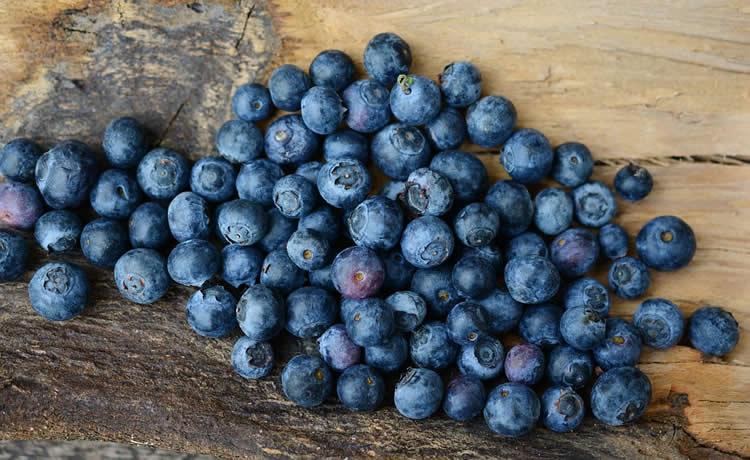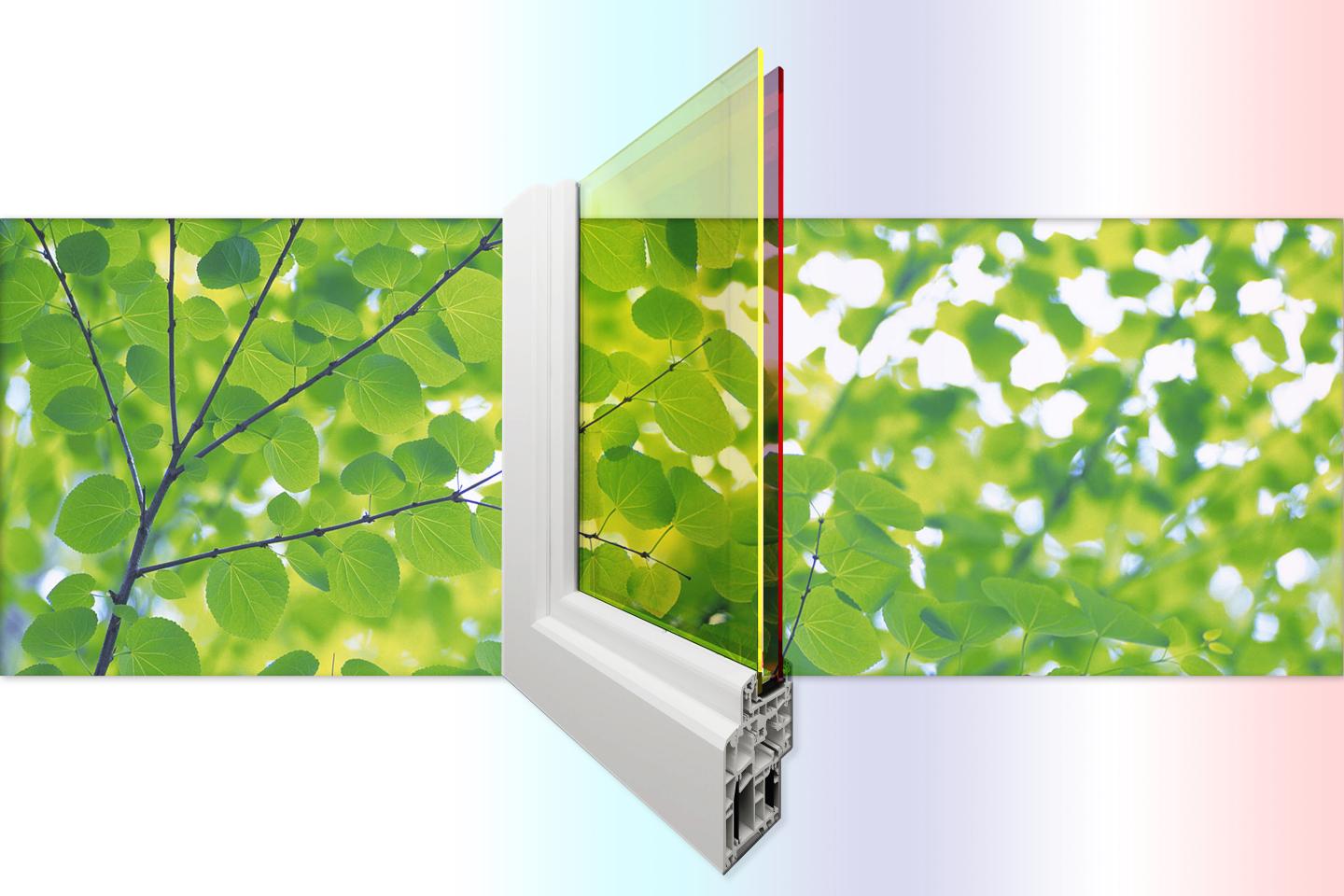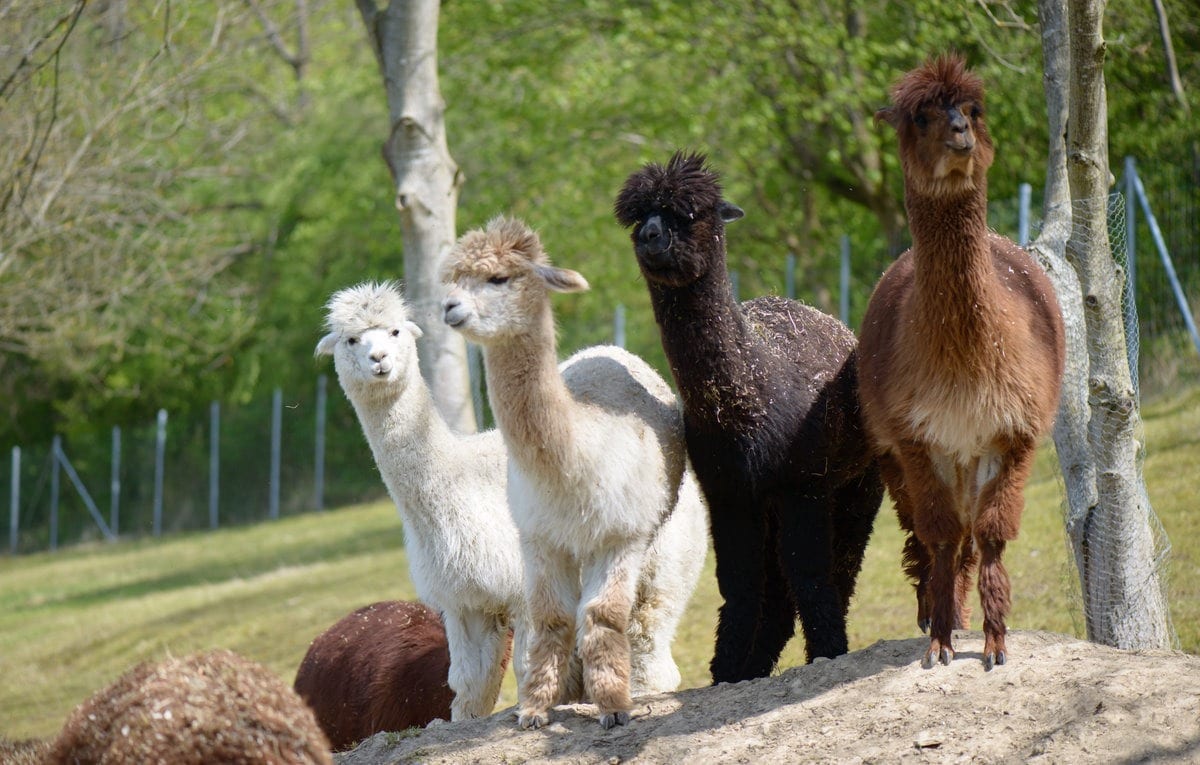
Max Planck researchers develop sustainable alternative to the most widely used antibodies and their controversial production in animals
Antibodies are indispensable in biological research and medical diagnostics. However, their production is time-consuming, expensive, and requires the use of many animals. Scientists at the Max Planck Institute for Biophysical Chemistry in Göttingen, Germany, have now developed so-called secondary nanobodies that can replace the most-used antibodies and may drastically reduce the number of animals in antibody production. This is possible because the secondary nanobodies can be produced in large scale by bacteria. Moreover, the secondary nanobodies outperform their traditional antibody counterparts in key cell-biological applications.
As a central part of our immune system, antibodies protect us humans and other vertebrates against pathogens. They are, however, also essential tools in medical diagnostics, therapy, and basic research – for example in fluorescence microscopy. When researchers want to study a certain protein within a cell, they can mark it selectively with antibodies directed against this protein. Once these so-called primary antibodies have bound their target, secondary antibodies are applied. These bind the primary antibodies, carry fluorescent dyes that light up under the microscope, and thus make the protein of interest visible.
The great variety of primary antibodies is traditionally produced in small mammals such as rabbits and mice: First, the animals are immunized with the purified protein – this is comparable to vaccinating humans. As a result, the animals’ immune system forms antibodies against the protein. The antibodies are finally collected from the blood of the animals, and processed. As antibodies are used by thousands of labs worldwide and because most of their applications rely on secondary antibodies, the latter are in enormous demand. Therefore, the production of secondary antibodies necessitates not only many, but also large animals such as donkeys, goats, or sheep. This poses an ethical problem.
Bacteria produce secondary nanobodies
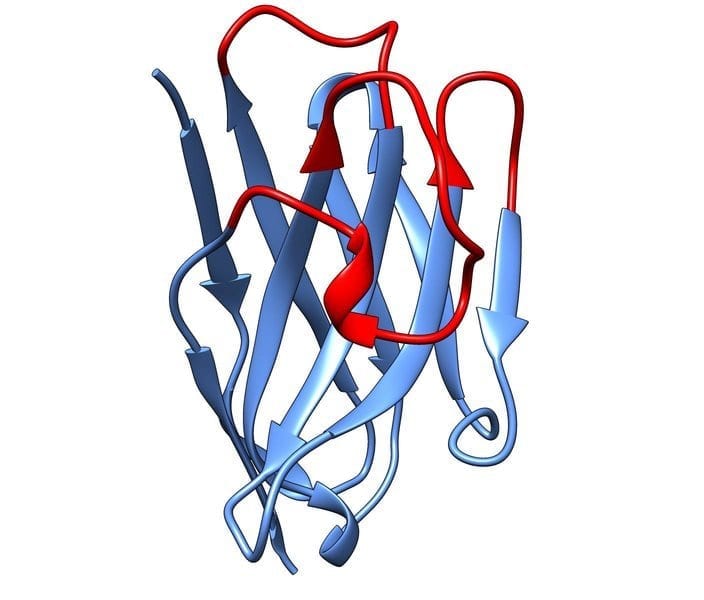
via MPI for Biophysical Chemistry/ T. Pleiner and S. Trakhanov
Researchers at the Max Planck Institute for Biophysical Chemistry now present a sustainable alternative that can replace secondary antibodies directed against primary ones from mice or rabbits. It relies on so-called nanobodies and may drastically reduce the number of animals used for antibody production. Nanobodies are fragments of special antibodies from camels and related species such as alpacas. “We have developed secondary nanobodies that not only perform very well, but also, they can be produced microbiologically at any scale – just like beer in a fermenter,” explains Dirk Görlich, Director at the Max Planck Institute in Göttingen and head of the project.
“Secondary antibodies have to meet extremely stringent quality requirements and must detect only primary antibodies of a single species and no structures in the analyzed cells or medical samples. Thus, the problem was to obtain construction plans for truly perfect secondary nanobodies. We started with a vast number of variants that we extracted from a small amount of blood from two immunized alpacas. By so-called phage display, we then fished out the best variants and eventually used them to program bacteria for nanobody production,” elucidates Tino Pleiner, first author of the work.
Nanobodies were first described in 1993 by a Belgian pioneering group of scientists. Since then, researchers try to take advantage of them for their work in the lab. However, replacing secondary antibodies with nanobodies turned out to be not trivial at all. One reason is the nanobodies’ size: They are ten times smaller than normal antibodies. Therefore, they offer much less space for coupling fluorescent molecules and thus appear far dimmer in the microscope than conventional antibodies. “Indeed, our first experiments with secondary nanobodies were rather disappointing and produced only dark and noisy images. However, we did not give up, and immunized the two alpacas again to stimulate their immune system to improve the initial nanobodies. Further evolution in the test tube, a special coupling strategy for the fluorescent dyes, and combining two or more compatible nanobodies did the rest,” Görlich tells about initial difficulties. By now, the nanobodies at least match conventional antibodies in terms of signal strength.
Improved resolution in light microscopy
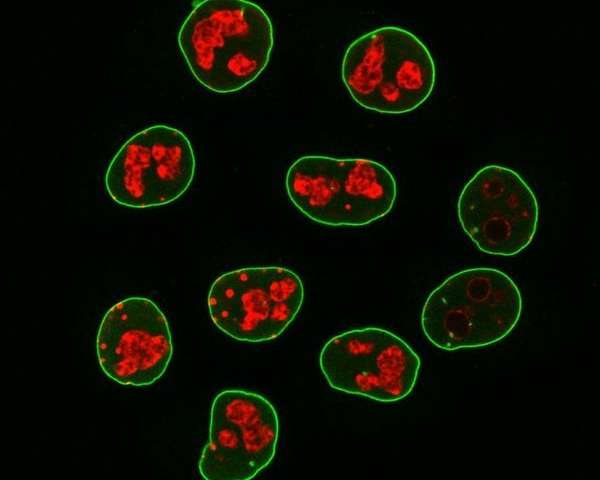
Learn more: Fewer laboratory animals thanks to secondary nanobodies
The Latest on: Secondary nanobodies
[google_news title=”” keyword=”Secondary nanobodies” num_posts=”10″ blurb_length=”0″ show_thumb=”left”]- Transitioning to secondary schoolon May 7, 2024 at 1:39 am
Moving from primary school to secondary school is an exciting time of life, but for many children it can also be a daunting prospect. A new, much bigger school can offer greater independence ...
- Ravens bolster secondary with first-round pickon April 26, 2024 at 5:52 am
The Ravens have added to their secondary. The team has selected Clemson defensive back Nate Wiggins with the No. 30 pick. Baltimore has thrown numerous mid- to late-round picks at the cornerback ...
- What do children need for the move from primary to secondary school?on April 23, 2024 at 2:19 am
Analysis: The move from primary to secondary school is one of the biggest life changes an individual will ever experience The transition into secondary school is one of the biggest life changes ...
- Mississippi State Lands Memphis Defensive Back Commitment To Aid Secondary Woeson April 21, 2024 at 5:00 pm
It was apparent in the spring game that the defense was lacking compared to the explosive offense on display. Quarterbacks Blake Shapen and Chris Parsons each had 50-plus yard touchdowns and ...
- Secondary sector of the U.S. - statistics & factson April 18, 2024 at 5:00 pm
This process is done so through industries belonging to the secondary sector. Often referred to as the manufacturing sector, this sector is responsible for the final production of goods such as ...
- Conditions That Cause Secondary Myoclonuson April 15, 2024 at 10:58 am
One of the most common forms of myoclonus is hiccups. Secondary myoclonus is myoclonus that exists because of an underlying condition. The other two types of myoclonus are essential myoclonus ...
- What is Secondary Health Insurance?on April 15, 2024 at 5:01 am
Secondary health insurance is a separate add-on policy that improves your health insurance coverage. Most commonly, a secondary insurance plan provides coverage that's not provided in your main health ...
- Tertiary Educationon April 8, 2024 at 5:00 pm
Tertiary education refers to all formal post-secondary education, including public and private universities, colleges, technical training institutes, and vocational schools. Tertiary education is ...
- Primary vs. secondary hyperthyroidismon April 7, 2024 at 5:00 pm
The causes of primary versus secondary hyperthyroidism differ. Thyroid problems cause primary hyperthyroidism while problems in the pituitary gland cause secondary hyperthyroidism. Hyperthyroidism ...
- Nanobodies reveal the secrets of neuronal communicationon November 21, 2023 at 8:00 pm
Protein targets are often labelled with primary antibodies and fluorophore-conjugated secondary antibodies ... also known as nanobodies. These are derived from the variable domains of heavy ...
via Google News and Bing News







